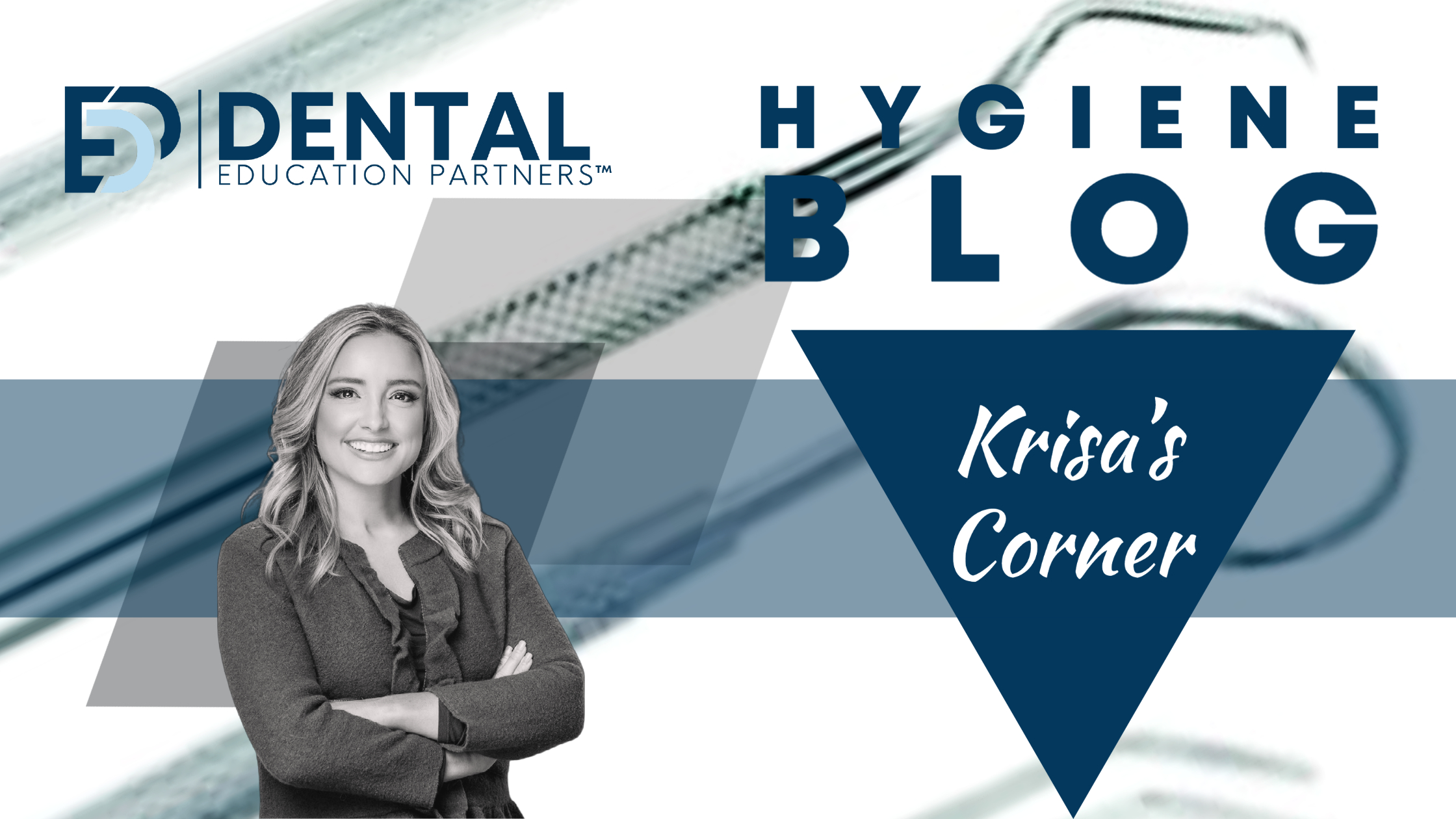How are you addressing airway health with your patients? Are you considering the patient’s whole-body health when forming a treatment plan? Restorative dentistry may need to be modified for these patients to open the airway vs. constricting the airway. As clinicians, we can address these issues to help prevent high blood pressure, stroke, and even death.
Clinical signs for the Dental hygienist:
1. If a patient has a tongue that is too large for their mouth, they may struggle with choking or gagging when undergoing dental cleaning with an ultrasonic scaler, mainly when lying on their back. Upon observing this, you can assume they are also snoring at night. To alleviate this issue, try elevating the patient’s head and standing while cleaning their teeth. These patients may also require frequent suction breaks, and having an assistant present to perform suctioning can make the process much more comfortable for the patient, especially during lengthy procedures.
2. Narrow arches or lingually tilted molars can inhibit the tongue from lying correctly.
3. Often, these patients will have a tongue thrust issue, especially when you are cleaning their teeth, due to a lack of room for the tongue.
4. Bruxism
5. Scalloped tongue
6. When you look in a patient’s mouth and have them stick their tongue out, and you can’t see their tonsils or uvula, most likely they have some degree of OA.
7. Mouth breathing/dry mouth- When you breathe through your mouth, the mouth becomes dry and acidic, which is why you may see a higher incidence of Caries in these patients.
8. Thick neck
9. Retracted lower jaw
10. Sleepy and unrested
11. Nasal blockages, which lead to mouth breathing even in children.
12. Patients with milder OSA are likelier to have more prominent tori than those with severe OSA. Treatment success with an OA occurs more frequently in patients with more prominent tori than those with no tori or small tori.
13. Tongue biting is common in many people with sleep apnea. People with sleep apnea often have tongues that are especially large or muscles in the mouth that relax abnormally during sleep.
In Kids:
- ADHD symptoms
- Dark circles under the eyes.
- Mouth breathing
Be familiar with the Mallampati score:
class 1: The patient’s tonsils, uvula, and soft palate are completely visible.
class 2: Hard and soft palate, upper tonsils, and uvula are visible.
class 3: Hard and soft palate are visible; uvula may be obscured.
class 4: Only hard palate is visible.
It’s also helpful to have an airway questionnaire in your office, for example, The Stop-bang Questionnaire. Snoring – Neurologic Disorders – MSD Manual Professional Edition (msdmanuals.com)
In conclusion,
According to the American Sleep Apnea Association, 22 million Americans are estimated to be suffering from OSA, leaving them at risk for conditions like cardiovascular problems, obesity, type 2 diabetes, and depression.4. As dental professionals, it is of utmost importance to first recognize the symptoms before treating our patients restoratively and to have a referral source for our patients, an ENT, or a Sleep Center.5. We can save lives as oral health educators. Let’s bridge the gap between dentistry and medicine.
1. Mandibular tori size is related to obstructive sleep apnea and treatment with an oral appliance – PubMed (nih.gov)
2. Biting Tongue in Sleep: Symptoms, Causes, and Treatment (healthline.com)
3. https://www.sleepfoundation.org/sleep-apnea/mallampati-score
4. Mecca, J. (2019). Airway Management in Restorative Dentistry. Inside Dental Technology. Volume 10: Issue: 5.
5. Tamkin, J. (2020). Impact of airway dysfunction on dental health. Bioinformation, 16(1), 26-29. https://doi.org/10.6026/97320630016026
- Schwab R.J. (2020, June). Snoring. Merck Manual Professional Version., Retrieved April 28, 2021, from
https://www.msdmanuals.com/professional/neurologic-disorders/sleep-and-wakefulness-disorders/snoring


